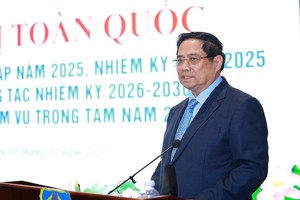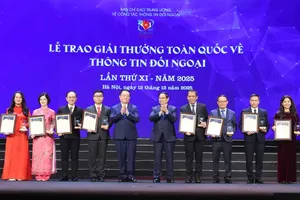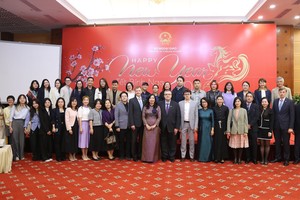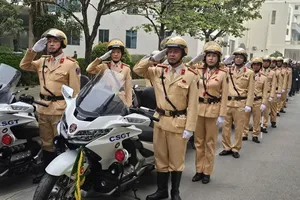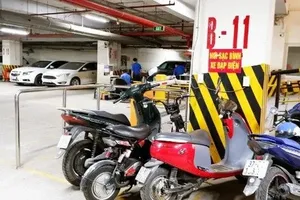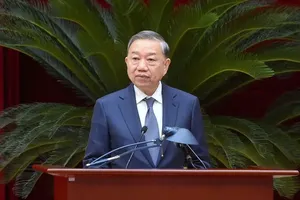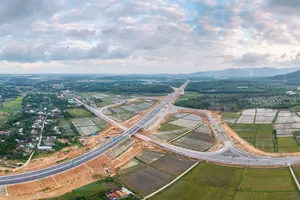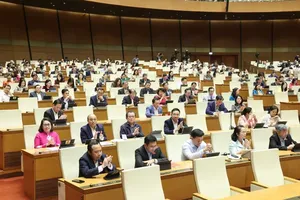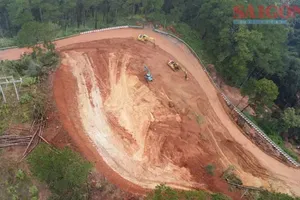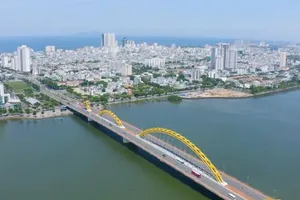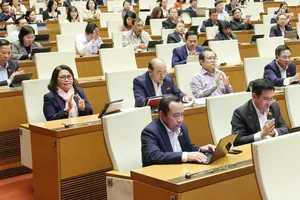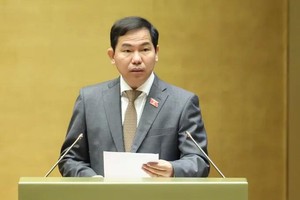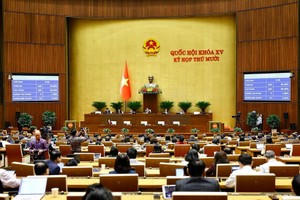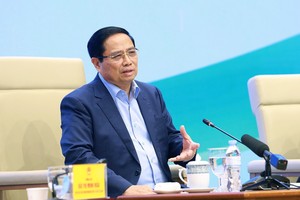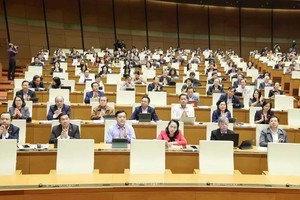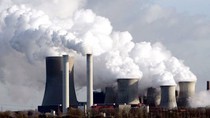
“Carbon pricing”, a market-based strategy for lowering Green House Gas emissions, aims to put an actual monetary value on carbon emissions so that the costs of climate impacts and the opportunities for low-carbon energy options are better reflected in the country’s, firm’s and individual’s production and consumption choices.
From 2012, Vietnam has participated in the program and proactively embarked on a project. For five years, the project has basically achieved set goals; however, it takes a long time for the operation of carbon market which requires investment in techniques, manpower and finance.
According to experts in the field, carbon pricing will bring new opportunities to investors in government’s buying and selling carbon permits that license owners are allowed to burn a limited amount of hydrocarbon in a certain time. Its broad goal is to discourage the use of carbon dioxide–emitting fossil fuels in order to protect the environment, address the causes of climate change by forcing production establishments to reduce emissions of gas or pay for carbon permits.
For instance, a company A is allowed to produce only 20 tons of gas but it has burned 22 tons of gas while a company B has license of 20 tons of gas but it has just burnt 18 tons of gas. The company A can buy permit of 2 tons from the company B to adhere to the regulation.
For these developing countries like Vietnam, participating in carbon pricing is a good way to generate extra revenue, encourages investment in low-carbon technologies and join hand with other countries in the world in reducing carbon emissions (also referred to as greenhouse gas)
World Bank representative in Vietnam Nguyen Thi Le Thu said that during the first phase of the project, WB pledged to give Vietnam US$3 million to carry out activities to raise public awareness and build action plan for greenhouse gas reduction.
To develop carbon pricing in the Southeast Asian country, the government must implement solutions synchronously such as release of greenhouse gases, installment of surveillance system carbon gas transparently as per international standards.
